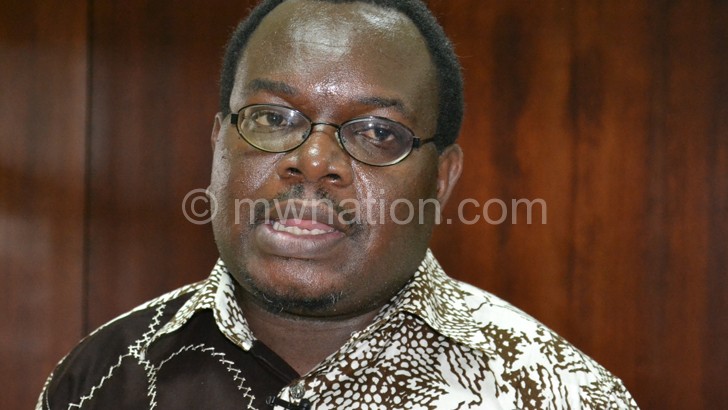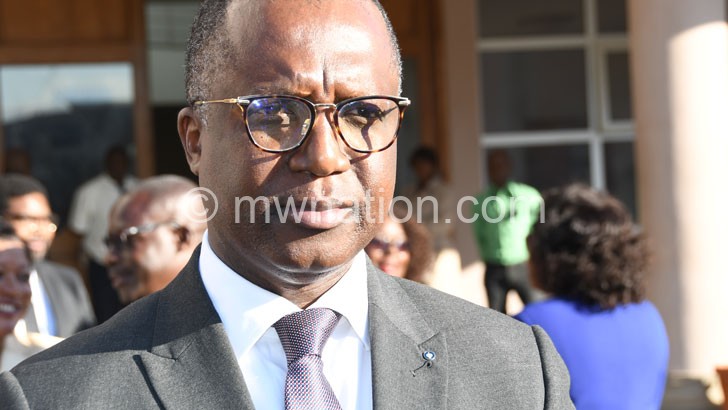‘2019 race still open’
There have been several opinion polls and forecasts ahead of the May 2019 Tripartite Elections. Our News Analyst MERCY MALIKWA engages democratic governance expert Kizito Tenthani for an interpretation.

What are the major lessons from the findings?
Opinion polls or perception surveys are simply that: opinions and perceptions. Based on the methodology used, these surveys can reflect the general mood of society. There are a few things that we need to appreciate. Perceptions are not factual, but they are a way people interpret a given situation based on what they feel about it. While perceptions are not realities, what we need to know is that they are usually a basis for behaviour. For instance, if people have perceptions that some shop sells expired stuff, they will simply stop buying from that shop.
Instead of just rejoicing when opinion polls are in their favour or dismissing the results when rated poorly, what is the best thing for political parties to do?
Rejoicing because of these results, or dismissing the results would be the major mistakes that can be done by politicalparties or indeed the policy-makers affected in any way with these. As I have said, perceptions can form behaviour. If, for instance, people perceive the government or the political party in power as not doing enough, they can react by voting a different political party. In that case the perception should not be dismissed. Instead, political parties that appear to have positive perceptions from people and those that have negative perceptions need to embrace these results and try to understand the stories behind the figures.
How should they embrace the results?
I would advise political parties to engage their policy research units if they have any or hire experts in the area. They need to understand the period when the survey was carried out and appreciate what might have happened during that period to influence people’s perceptions. That’s what I call putting stories behind the figures. Once you understand the drivers of people’s perceptions, then you can put in place strategies to ensure that you sway people back in line. It is even more precarious for the political parties that appear to be in the positive light. The positive reflection may not necessarily mean that such parties are doing anything substantive, but rather that they are benefiting from the negative standing of the other parties. Thus, these benefits can easily be wiped out with one decisive action from the struggling party. Thus a political party in this position need not celebrate the favourable ratings; rather they should understand the reasons behind that and put in place strategies to consolidate their perceived gains.
Is the party in power and the opposition doing the right thing?
In my view, both sides have their work cut out for them. I don’t think that there is any party among the front runners that can be confident at this point. It is also interesting to note that the party in power now appears to be more popular than the biggest opposition party. And yet, the president of the Malawi Congress Party [MCP] appears to be favoured as compared to the president of the ruling Democratic Progressive Party. This needs a lot of analysis, but it points to the fact that both parties have a lot of work to sway people to their candidates.
The countdown to 2019 is already underway. What does the future look like?
No conclusions can be made at this point. I would say that the contest is still very open and a lot can be done to influence the people and determine how 2019 will unfold.





